by Iliya Makalipay
The speeches, songs, dances, music and poetry were woven like red and gold thread through the fabric of the 48 years of the people’s war. They were almost seamless. The crowd alternately sighed, sobbed and chanted slogans as the cultural program progressed in the fully-packed gym, on the streets and on every empty space around.
“This is a ‘tactical offensive’,” was the slogan of the cultural workers who were tasked to prepare and perform for the 48th anniversary celebration of the Communist Party of the Philippines (CPP) in the Southern Mindanao region. ‘Tactical offensive’ or TO involves strength and flexibility, harmony and coordination, timing and rhythm. These are all within the discipline of the people’s army. These, too, are the same elements required of the cultural workers and artists involved in the cultural program for the Party’s big day.
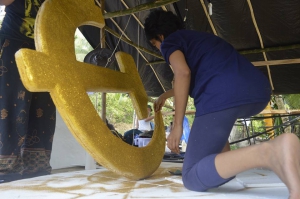 Strength and flexibility
Strength and flexibility
Assigned to prepare the anniversary program was a core staff of cultural workers who are now fighters from various units of the New People’s Army (NPA) in the region. The first task was to assemble the cast and crew. With a month to implement their concept, the most accessible to them were the NPA medics who had earlier gathered for a regional medical training and later, medical missions to the villages. While a number of medics had a background in cultural work, the majority were new to the terrain of the stage. “That’s part of the NPA’s flexibility. You undergo medical training and you practice it through cultural performances,” said the director, Ka Alwin, in jest.
But, three weeks before the event, adjustments had to be made when the regional celebration became the centerpiece of the nationwide commemoration. With delegations from all over the country, the number of those attending the activity had tripled. The initial 20 performers would be dwarfed by the crowd’s number, the staff thought. Thus, they spared no effort to comb for performers in every NPA unit and artists’ organizations in the city and in the villages. In no time, they assembled 77 performers, 43 dancers/movers and 34 singers.
Members of the local Kabataang Makabayan (KM, Patriotic Youth) were mobilized. Other NPA members whom the core staff knew as singers and performers were pulled out of their units. City-based members of ARMAS (Artists and Writers of the People) and allies backed up the countryside (CS)-based cultural workers.
They also adjusted the stage design according to the available budget, materials and manpower. “We wanted fresh flowers for the hammer and sickle logo of the CPP. But we ended up with gold glitters and anahaw (palm) leaves,” Ka Led said in between laughs. “We had to make use of everything available in our surrounding and only bought the essentials, like the pieces of cloth.” But there was, on the day itself, a giant LED screen posted outside the gym to ensure nobody misses out anything that was happening on the stage.
Harmony and coordination
The rehearsals for the program, including five major production numbers, started on December 8, two weeks before the event. Aware of a tight schedule and a host of related tasks before them, the core staff emphasized the importance of collective work—something they are all used to. To hasten learning in between rehearsals, the performers were divided into teams where those who learned the choreography or voicing faster took care of those who needed help.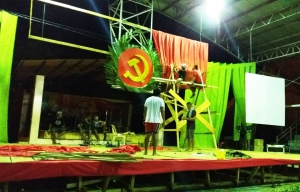
Urban-based artists, however, had to cope with the level of skills of their performers, rehearsal time, and style and methods of work.
The choirmaster who lives in the city, for example, had to ask her children to alternately train the CS-based choir on days she was not available. At times, Ka Tien, the political officer of the Pulang Bagani Brigade (PBB) of the NPA had to be dragged from his other tasks when no guitarist was available to accompany the choir’s practice.
A city-based choreographer had to adjust her original design and tailor her choreography to the movers who came mostly from the peasantry. “Their class origin defines the body movements they are familiar with. The choreography should fit their ways being sons and daughters of the peasantry and fighters in the people’s army.”
All through the gruelling two-week rehearsals, Ka Alwin and the other core staff members made sure the difference between the urban and CS-based cultural workers in terms of skills and content would not be manifested. “We have to achieve unison and break this idea that the urban-based are better in skills and the CS-based are better in content.” Expectedly, there were misunderstandings but, to safeguard the group’s cohesiveness, they practiced ‘Criticism and Self-Criticism’ (CSC), a Party principle of correcting wrong attitudes and style and methods of work. “No one shines individually, this is a collective endeavor,” said Ka Alwin.
Timing and rhythm
As D-day neared, most of the performers already had evident bruises and cuts from moving about on the rough wooden planks of the stage. Some of the choir members had lost their voices. But they all agreed to do their best even when their voices and movements falter.
And shine they did on the day the revolutionary movement honored the founding of the Communist Party of the Philippines. Collectively, the movers and the choir performed as one and moved to the beat of the heart of the masses. Their voices and movements became the movement of the revolution, the masses, the people’s army and the Party.
The masses sang with the choir. They groaned as movers mirrored the hunger that preceded the Kidapawan massacre. They booed the “military” when it appeared onstage and rooted for the people’s army. They cheered when they saw “Uncle Sam” impaled on a bamboo pole. They hailed when finally, a golden cloth was rolled out and bared the hammer and sickle emblem of the Party.
Like in any tactical offensive, the performers got their energy from the masses. The cultural presentations ceased to be performances and became the lives of the masses. The masses saw their hunger, oppression and poverty and how the Party and the NPA empowered them and showed their collective strength.
Like in any other tactical offensive, the Party and the people’s army came out victorious and shared the triumph with the masses. It reached the masses, touched their emotions and sensibilities, and fired up their vim and vigor.
Postscript
The crowd cheered and appreciated the performances—and the performers, specially— during the 48th anniversary celebration of the Party. With delight, the masses in Brgy. Lumiad mentioned that the cultural program was a “grand production sa mga bayot (gays).” To a large extent it was! The core staff and crew, director and choreographers—and more than half of the performers—were gays who have been welcomed into the ranks of the NPA.

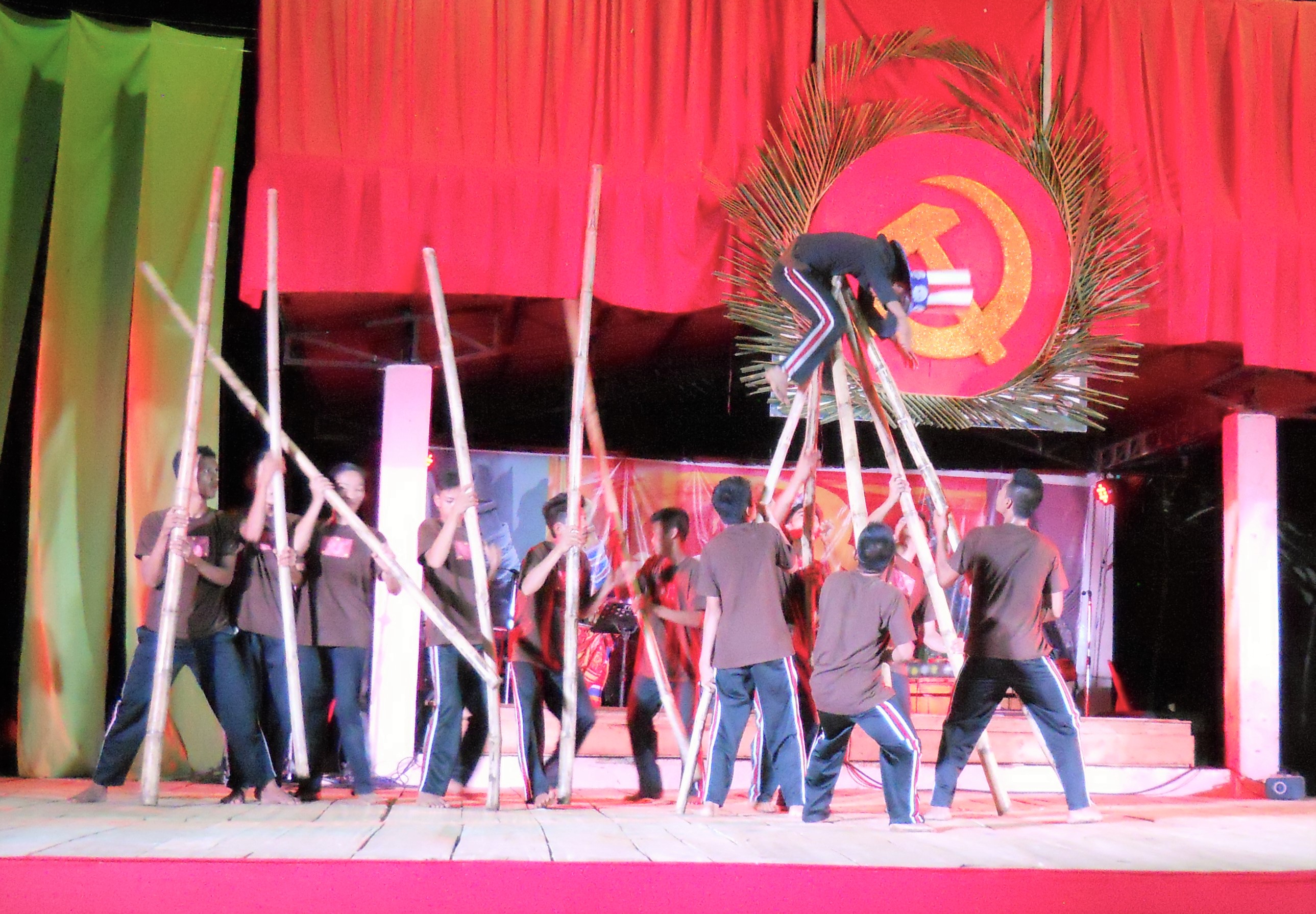
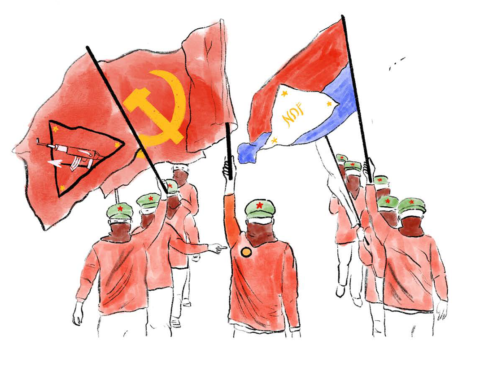


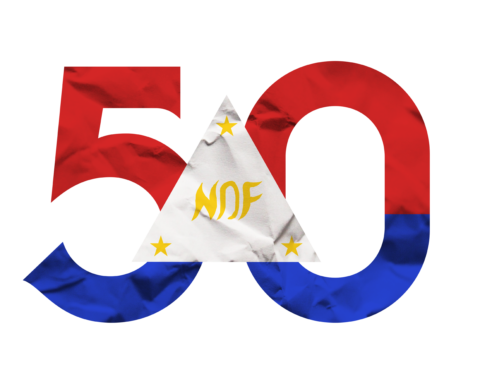
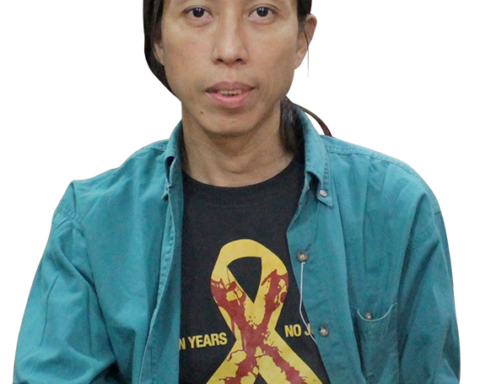
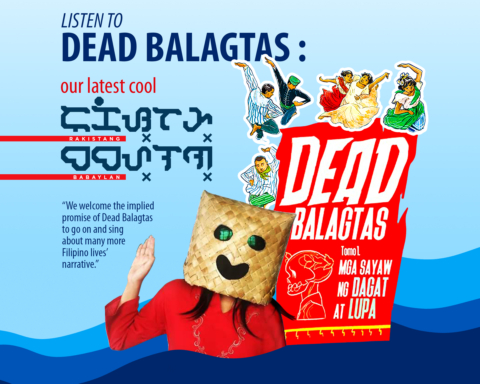
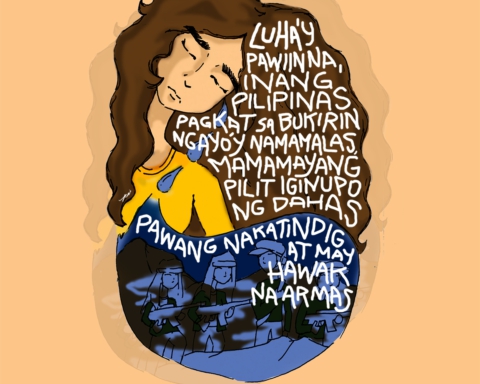
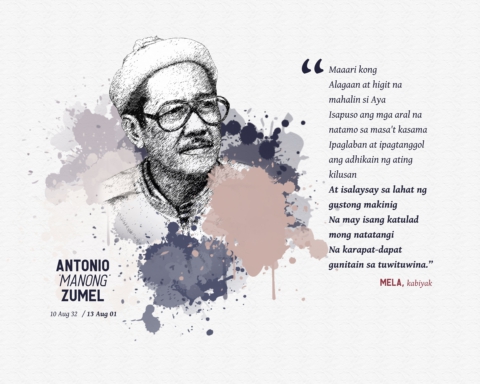
I like the article
I enjoy the article